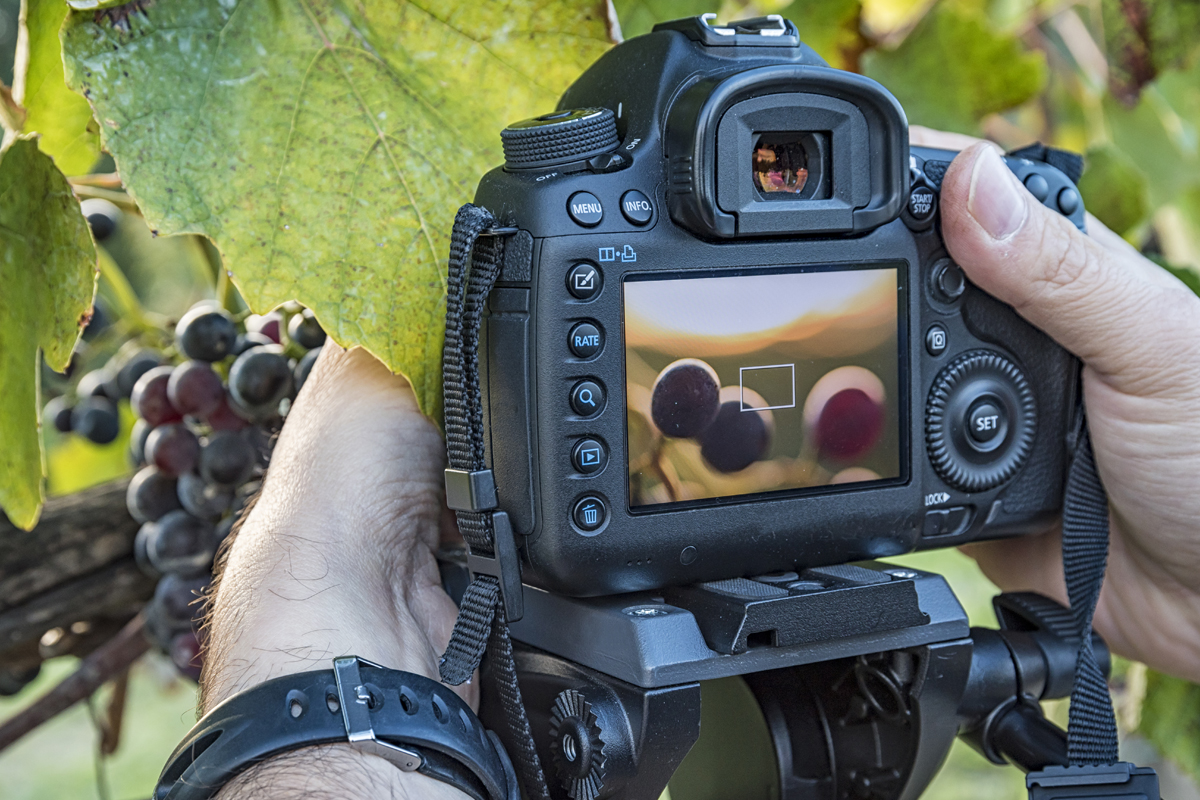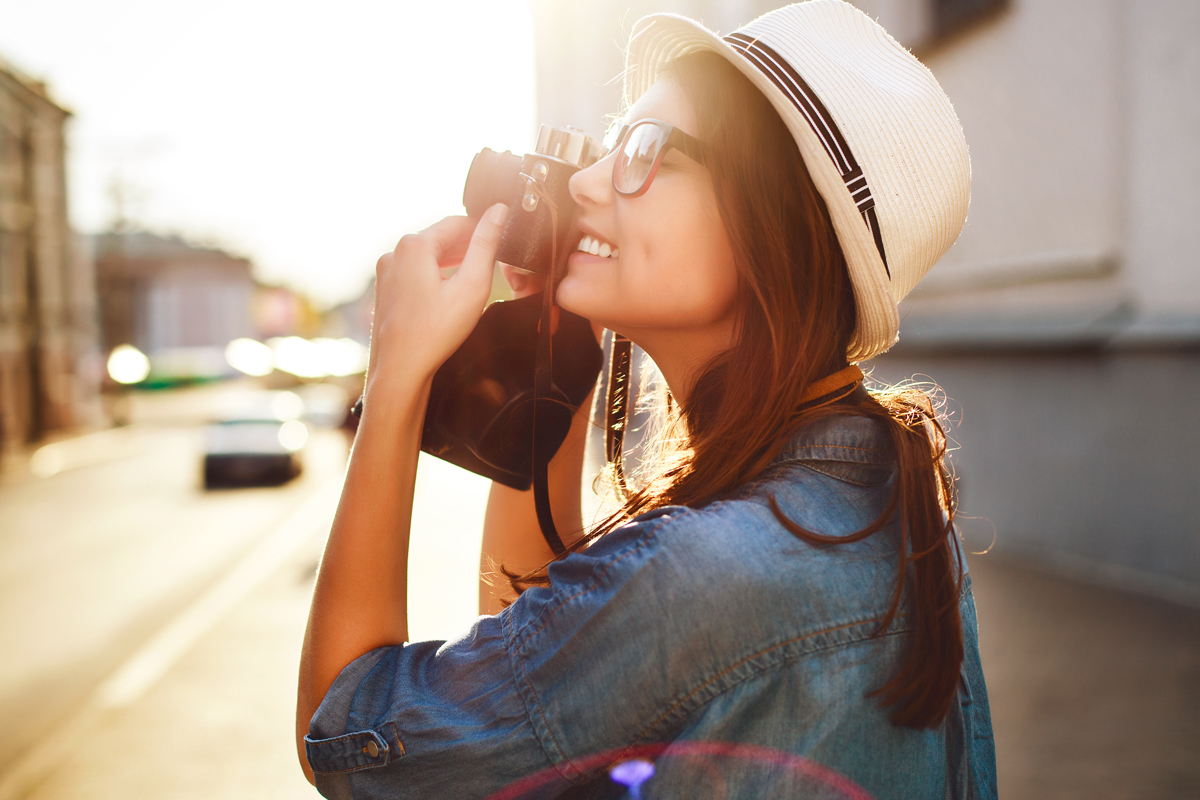Tips to hone your photography skills!
Photography is all about saving a moment in time, to be cherished for posterity. Here’s a quick glimpse into the art of clicking great holiday pictures!
Whether you are photographing portraits or candid shots, landscapes or action, here are some photography tips that will help you capture the best possible images of your chosen subject.
The first golden rule of good pictures is to ‘keep it steady’. Moving the camera inadvertently as you press the shutter causes blurred images or reduces their sharpness, so eliminate camera shake.
Next up is ‘don’t be stingy’. Shoot several versions of a picture and later delete the ones you don’t like. After all, digital photography allows you to experiment a great deal without worrying about the associated costs!

Portraying portraits
While shooting portraits, a common mistake is placing the subject right at the centre of the frame. This is where the famed ‘rule of thirds’ of photography comes in handy. Imagine the picture divided into nine equal parts by two equally spaced horizontal and two vertical lines. Then place your subject along these lines or their intersections for a more pleasing composition. In fact, most cameras nowadays come with an inbuilt 3×3 grid.
Be mindful of using a wide-angle lens while photographing groups; the people at the edges may appear distorted. Try setting up the shot from an elevation —this frames everyone who is posing and gives an interesting perspective to the photo.
Being candid
Gone are the days of cheesy posed pictures in front of monuments! For better results, you would do well shooting candid pictures with the subject unaware (but get their permission anyway). Another good idea is to use a telephoto lens, especially if you want to take natural portraits of locals and blur distracting backgrounds.
Asking for permission
If you want to photograph a local or someone you don’t know, it’s best to ask permission before you pull out your camera. Saying “Hello” or “May I take a photograph?” in the local language helps.
Land that landscape
Speaking of ‘local’, can photographing the locale be far away?
When photographing landscapes, you could use the setting marked ‘Av’ on your camera. This setting helps you achieve a maximum depth of field so that the picture turns out sharp from foreground to background.
Sometimes, all the candid pictures and posed group photos you have may fail to strike a chord while one meaningful abstract picture successfully does. Individual details can tell much about a place — a mode of local transport, artfully displayed spices, colourful scarves, or a natural element makes for evocative images and can bring in an artful, meaningful touch to a landscape shot.
Break some rules
Several photography manuals advise having the sun behind you if you want to get perfectly exposed shots. What they don’t mention is that doing so will more often than not result in flat and boring images! So, go ahead and try shooting into the sun with a wide-angle lens to form a natural sunburst, or aim for a shot with the sun peeking out from behind a tree. Be bold, experiment, and who knows, the image you capture could win you awards.
If you feel that rain puts a damper on photography, think again. Overcast conditions result in soft, even light for low-contrast images. Try shooting waterfalls or woodlands that come alive in the rains; gardens with glistening foliage; or the interiors of museums or historic buildings. Also, think stained- glass windows with sliding raindrops or a ladybug with droplets on its spotted back.
Point it right
Don’t just stand there. Shooting everything from the eye level gives you humdrum pictures. Sit, squat, lie down or try moving the camera higher or lower for refreshingly different pictures.
Time is right
Some of the best light can be noticed just before dawn and early morning. The ‘madding crowds’ are not out yet, and the solitude is great for concentrating on angles and placement. Late afternoons and sunsets are other favourites of photographers for obvious reasons, but there’s another reason why you should always have your camera ready at these times. Serendipity is what plays a starring role in some of the world’s greatest photos. You never know what you are going to run into, and being ever-ready to point and shoot is what will ensure that you have some truly memorable pictures of your sojourn.

Rule of thirds
Place your subject along the two horizontal and two vertical lines or their intersections for a more pleasing composition.
Not just eye level: Sit, squat, lie down or try moving the camera higher or lower for refreshingly different pictures.
Feel free to shoot in the sun: Use a wide-angle lens to form a natural sunburst, or aim for a shot with the sun peeking out from behind a tree.

